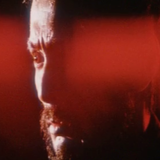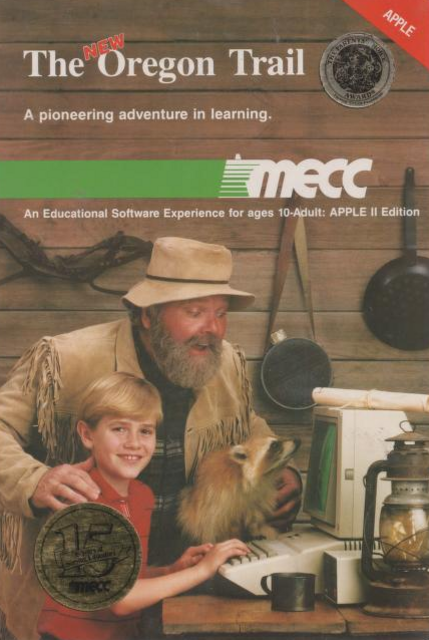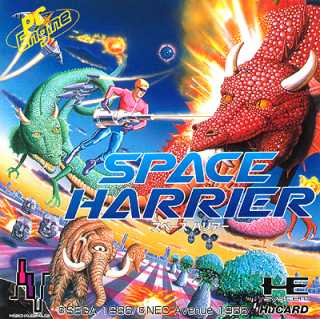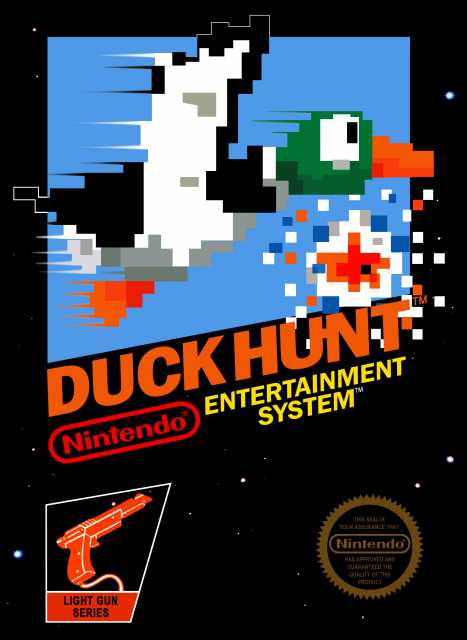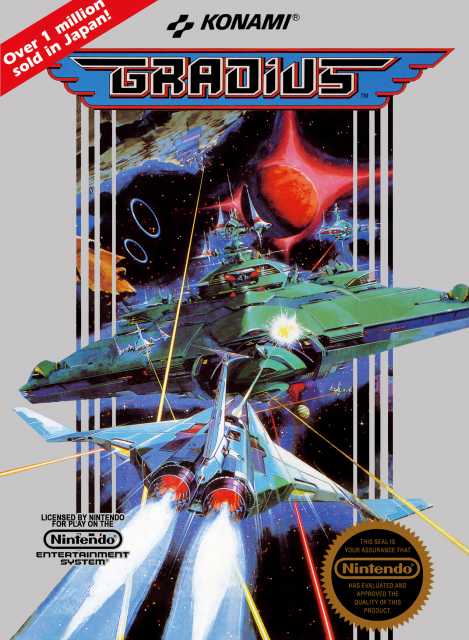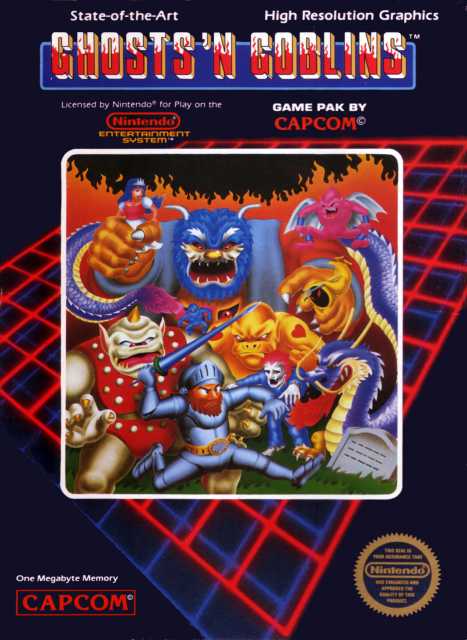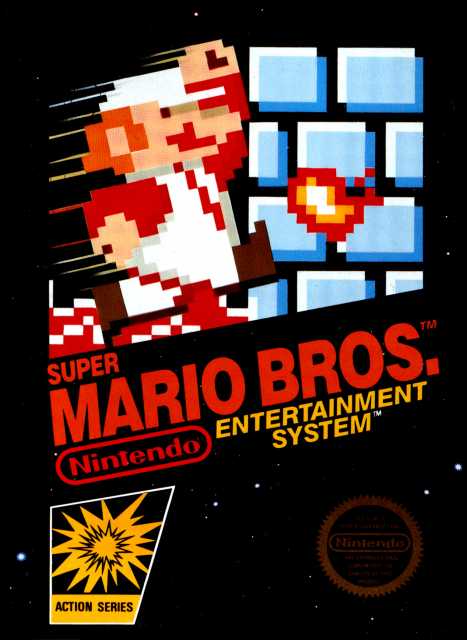1985
This is the first part in a series that I'll sporadically work on over the next couple years as I go back and play every game I have interest in and access to, and attempt to catalog my favorite games of each year. I've decided to stick to 5 for now, as I prefer to write about games that I'm passionate about, and have no intentions of padding these lists. It's likely that once I reach 1989 I'll expand the list to a solid 10 (as that was a very impressive and diverse year), but that's a few blogs away.
Why start at 1985?
A lot of people compare games to film, given that they're both hugely popular, technology-focused mediums, so I suppose I'll do the same here. 1985 for games is sort of like 1915 was for film. It marks a drastic shift in both the language of the mediums themselves and means through which they would be consumed afterwards. Just like games, film was thought of as merely a parlour novelty, relying primarily on short experiences that were coin-oped. This is not to say that there weren't brilliant games released prior to '85, just as it wouldn't be fair to do the same in pre-1915 film and ignore the Lumieres, Melies, Sjostrom, etc; however, the frequency, scope and modernity of both mediums matured so greatly with these years that I think it's a good jumping off point.
Note: Duck Hunt was released in Japan in '84. Normally I would think of this as a game from that year, but I didn't realize this until just prior to publishing.
